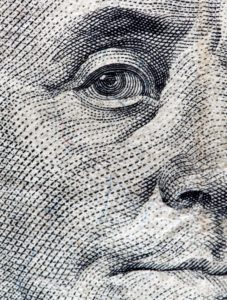 For every unit you manage, you’re going to have unexpected expenses from time-to-time. It may be a water heater that goes out, a furnace that dies in the middle of winter, a roof or window that needs to be replaced, and a whole host of other expenses that you may not always anticipate.
For every unit you manage, you’re going to have unexpected expenses from time-to-time. It may be a water heater that goes out, a furnace that dies in the middle of winter, a roof or window that needs to be replaced, and a whole host of other expenses that you may not always anticipate.
These expenses are referred to as capital reserves, or capital expenditures, and lenders often require you to have a certain amount of money set aside in a reserve fund to help cover these expenses when they come up.
How Much to Hold in Reserves For Your Rental Property
For property owners, the question then becomes how much money should you have in a reserve fund to make sure you’re covered in the event of a large and unexpected event?
The short answer is: the more the better.
A typical rule of thumb often used as a starting point is to hold at least six months’ worth of rent in reserve for each unit you own, but the reality is that you’re never going to have too much in reserve.
We encourage property owners to set aside a healthy chunk of revenue that comes in from the property and put that money in reserve for large expenses, as they will undoubtedly come up.
Our target threshold for capital expenses is generally $3,000 – $6,000 per unit. As those funds from the reserve get used, we then build them back up over time. Additionally, we hold $500 per unit in reserve to smooth out operating income for the property. This is something we encourage property owners to do as well.
As you consider how much money you need to set aside in a reserve fund for your properties, keep in mind that more is always better. At least six months of rent per unit is a starting point but you should consider your specific units and needs when making your calculations.
At RL Property Management Group, we can help you understand the challenges and solutions to owning a rental property and are always here to answer your questions. For help anytime, get in touch.
